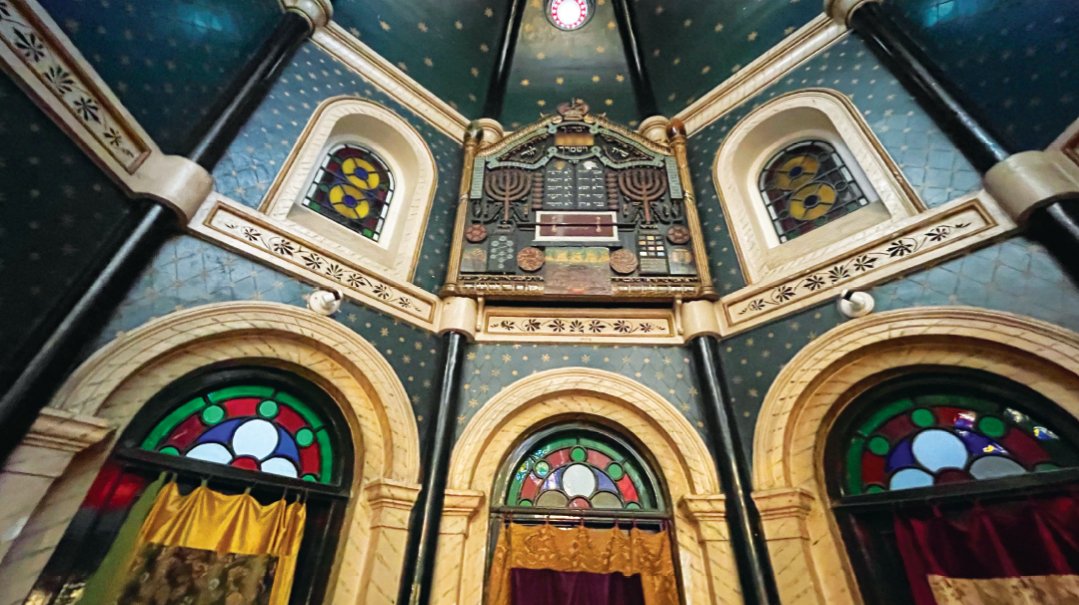Against the Clock
| February 6, 2024Just about everywhere globetrotter Moshe Klein went in Kolkata, India, he heard echoes of the vibrant Jewish community that once existed, far-off echoes of Yiddishkeit that will likely never be revived

It goes without saying that globetrotter Moshe Klein had India, the most populated country in the world, on his list of countries to be visited in his quest to find pockets of Jewish history in far flung places. Truthfully, Klein wasn’t planning on spending much time in India, and while he was aware that there have been Jewish communities in Cochin, Mizoram, Manipur, Hyderabad, and Delhi, he had only envisioned visiting Mumbai’s Baghdadi and Bene Israel Jews. But as he was winding up a trip in Bhutan, he discovered that Drukair, Bhutan’s official airline, offered direct flights to only two cities on his planned date of departure — Kathmandu, Nepal, and Kolkata, India. Having already spent time in Nepal, Kolkata was Klein’s obvious choice.
Yet instead of just using the city formerly known as Calcutta as a stopover point on his way to Mumbai, Klein hired a guide, intent on discovering whatever vestiges of Judaism he could track down during his brief visit.
“I had no prior knowledge of Kolkata, and I was open to everything,” notes Klein. “If I was there, I was going to find out whatever was Jewish there.”
The flight from Bhutan to Kolkata’s Netaji Subhash Chandra Bose International Airport (formerly known as Dum Dum Airport) took just 90 minutes, but the difference between the two countries was so pronounced that it was as if Klein and his wife Esther had traveled to an alternate universe. Making their way into Kolkata, Klein was immediately struck by the city’s inherent culture of contradictions, where clean, tree-lined streets with attractive homes are just a stone’s throw from slums that defy description.
“Once you start going into the city, you can see it immediately,” says Klein.
Klein was fascinated to see modern cars, horses and buggies, and yellow taxis with a distinct vintage vibe all sharing the roads. India’s Ambassador taxis have long been part of the local landscape, but with production of the Hindustan Motors’ classic ending in 2014, the cars are slowly being phased out. It’s not just that replacement parts are no longer available for the sturdy taxis, whose design remained virtually unchanged for more than six decades; commercial vehicles more than 15 years old were recently banned in Kolkata for environmental reasons, a reality that will have even the latest models off the roads by 2030.
The slow demise of Kolkata’s iconic taxis was a prelude to much of what Klein encountered during his time in what is known as the City of Joy. Much like the Hindustan Ambassadors are slowly making their final trips from Kolkata’s roadways into the annals of history, the city’s Jewish community is yet another relic of a time that is long gone and will likely never reappear.
Oops! We could not locate your form.







